
Situated close to the foothills of the Andes, Mendoza is Argentina’s top wine producing region. The metro area of 1,000,000 is mostly flat and very green with lots of trees. It’s considered a jumping off point for exploring the nearby mountains. There are a number of separated bike lanes and running paths around the city that we constantly saw being used. But for a relatively large urban area, we didn’t find that much to do.
In all honesty, I never really clicked with Mendoza. Not that there’s anything wrong with it. All of the tree-lined streets make it possible to walk just about anywhere in town in the shade at any time of day. We really appreciated this when it was 90F (32C) with high humidity, which was often during our end of summer visit. There are a number of nice parks that are well taken care of and popular hang out spots. Overall it’s a perfectly pleasant city and it has a lot of things that we normally like.
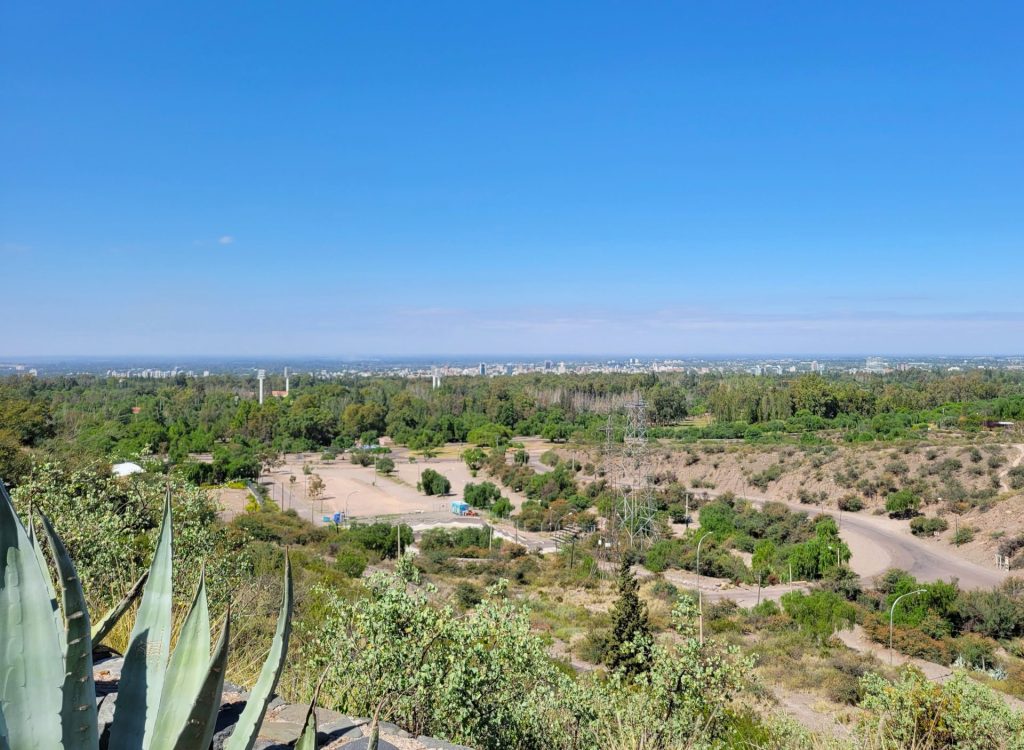
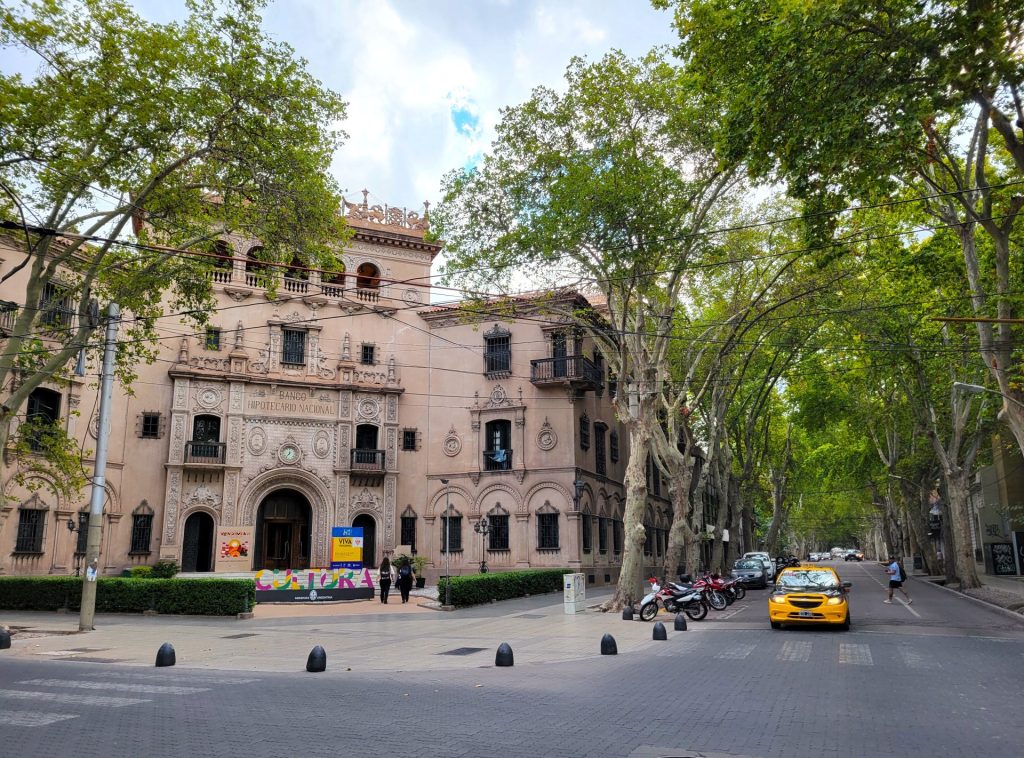
But coming from Valparaíso, it was like going from color to black and white. The houses are all painted in neutral shades and despite being close to the mountains, there are very few spots with any mountain views. There’s definitely no street art scene. It just felt kind of bland, especially at the start. We warmed to it some as our stay progressed, but never found many interesting things to do aside from go to the San Martín park over and over. Some of that is our fault, as most tourist activity is centered around drinking wine, which neither of us really partake in anymore.
Afternoon Siesta
Mendocinos believe strongly in the afternoon siesta. The majority of businesses shut down in the afternoon from 1:30pm to 5:00pm, plus or minus 30 minutes on either end. Places like restaurants are still open for lunch, but even big businesses like grocery stores or DHL offices could be closed during the afternoon.
This practice of afternoon siesta further led to us having a very sleepy visit. The afternoon is normally our main window for activity and exploring. But when we were out and about, many shops were closed and activity was at a minimum.

Getting Here Through The Mountains
The bus ride to get to Mendoza was actually one of the most interesting parts. We booked an 8 hour trip from Valparaíso that ended up taking 10 hours to complete. But we had comfortable, wide leather seats (similar to business class on a smaller plane) along with plenty of legroom, so it wasn’t too bad. The route went through many tunnels and climbed many hills on the Chile side of the Andes before dropping smoothly into Argentina.

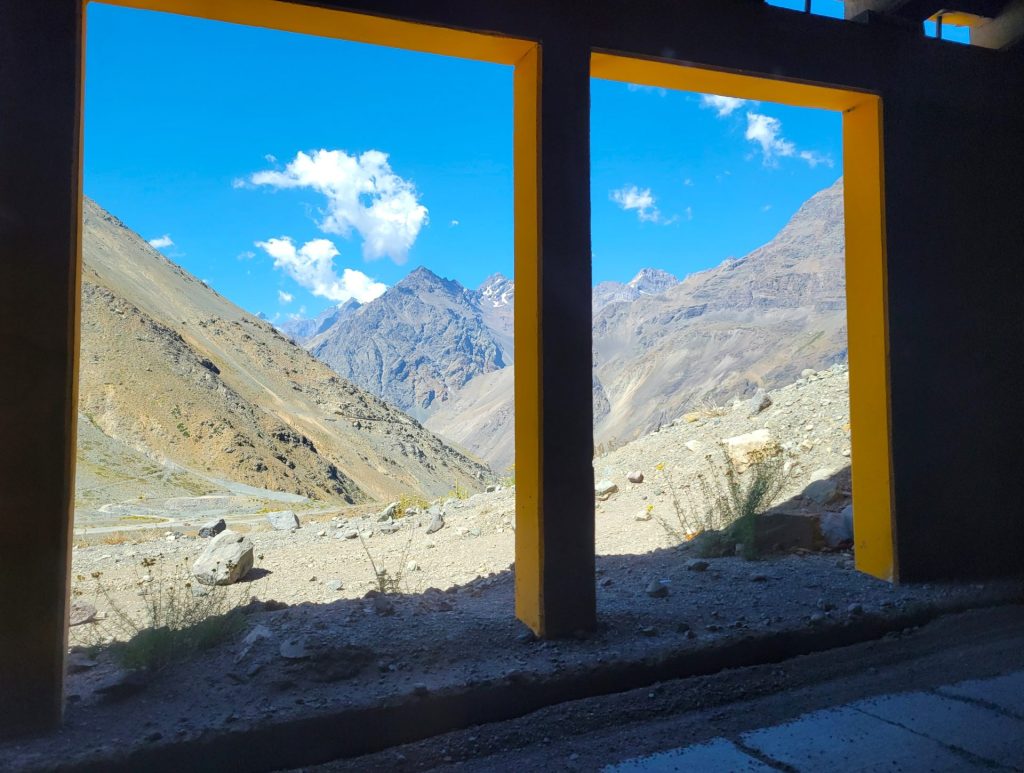
At one point on the Chilean side there is a set of switchbacks called “los caracoles”, or the snails, which has 27 numbered curves. Owing to the mountain roads, we both took Dramamine prior to setting off, but it wasn’t bad at all. We were going about 5 mph for most of the windy stretches, so I don’t think it would’ve been fast enough to activate the motion sickness. But after those minibus rides in the Balkans, we were taking no chances.
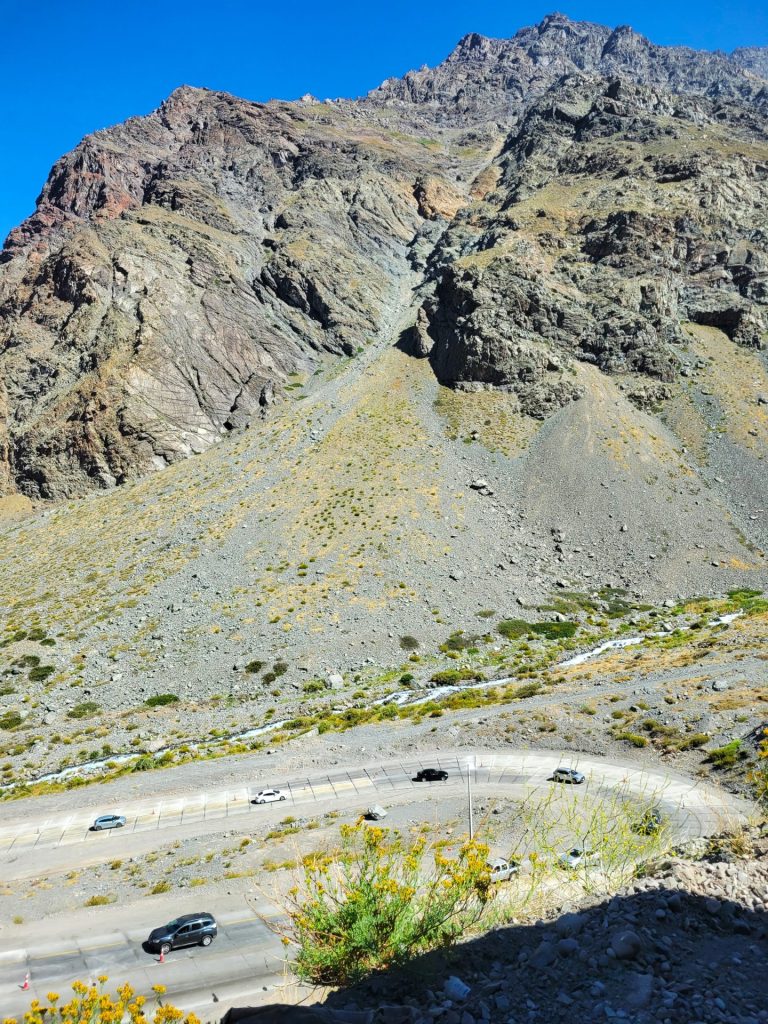
The main drawback was that it took about 3 hours to clear immigration to get into Argentina. The whole border process was a bit of a cluster. At least most of that time was spent waiting outside of the bus. It was a nice day with prime mountain views, so it could’ve been worse. Once our group was called, we were all processed in about 15 minutes. It just took forever to get to that point.
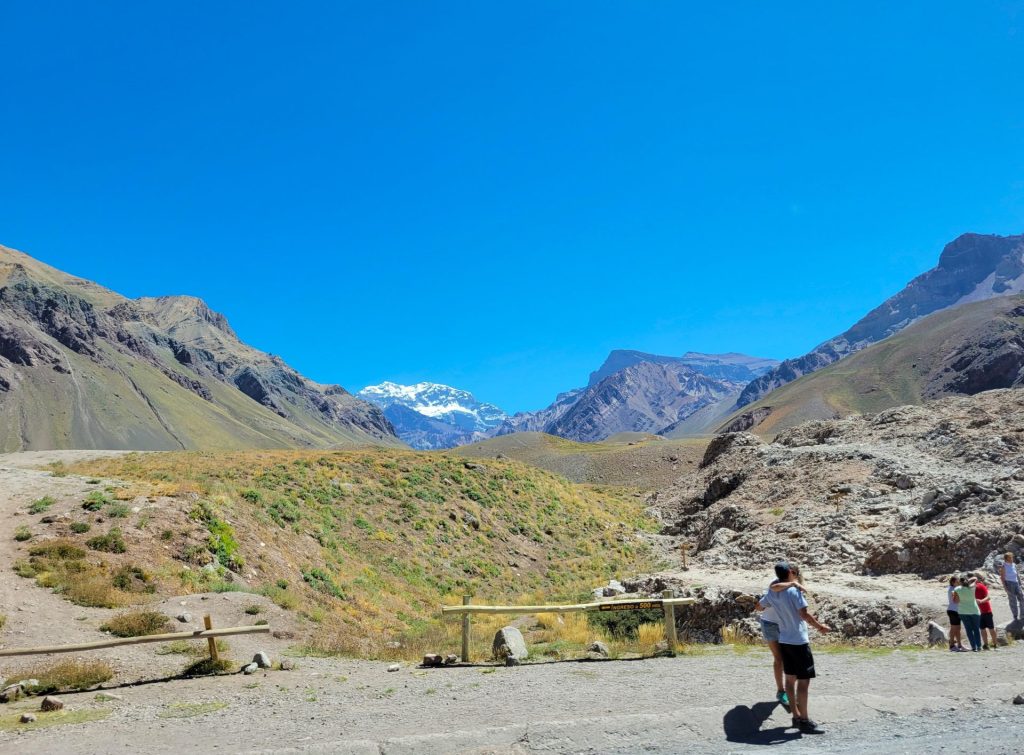
After finally entering Argentina, we followed the route into Mendoza along Highway 7 which was gorgeous. It traced a large river and many of the mountain slopes were filled with different colors of rock. These switched shades from pink to pale green to maroon to black to gray, providing a really beautiful introduction.
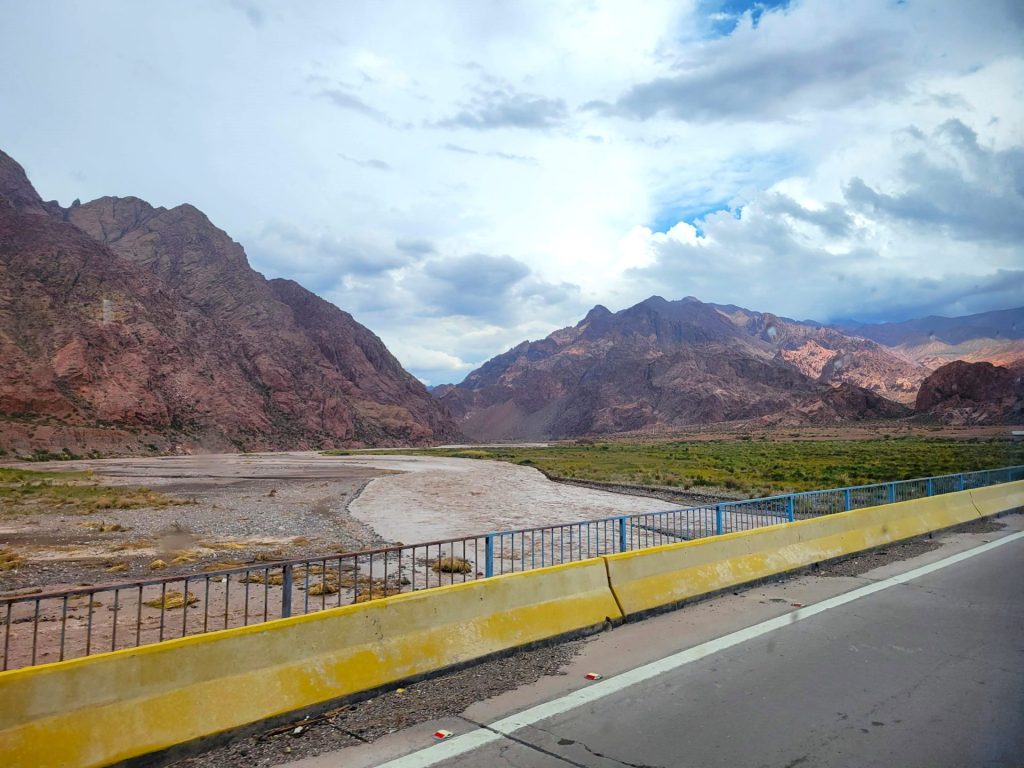
Parks
The center of Mendoza is marked by the Plaza Independencia, which is a large park spanning 4 square blocks. There are a couple of sizable fountains, along plenty of benches and places to relax. Interestingly enough, the fountains also participate in the afternoon siesta and are shut off for a few hours in the middle of the day. Only two blocks away from each corner of this main park are 4 other small parks (Plazas España, Italia, Chile, and San Martín) with their own unique themes. They are also nice and we saw them being used frequently.
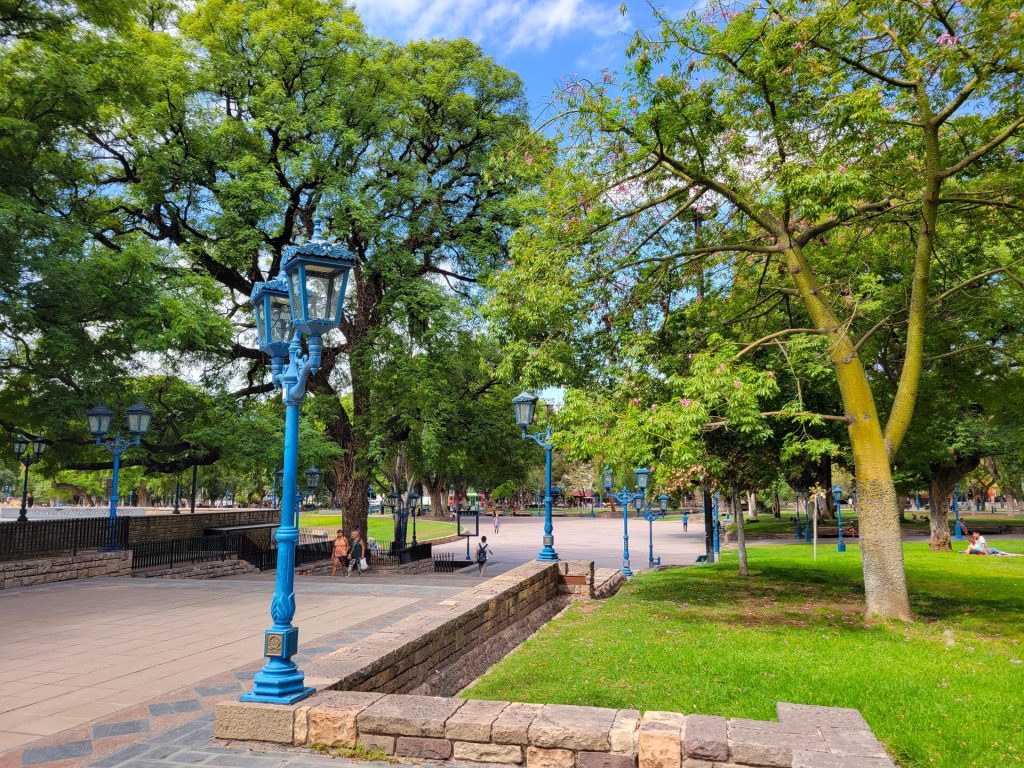
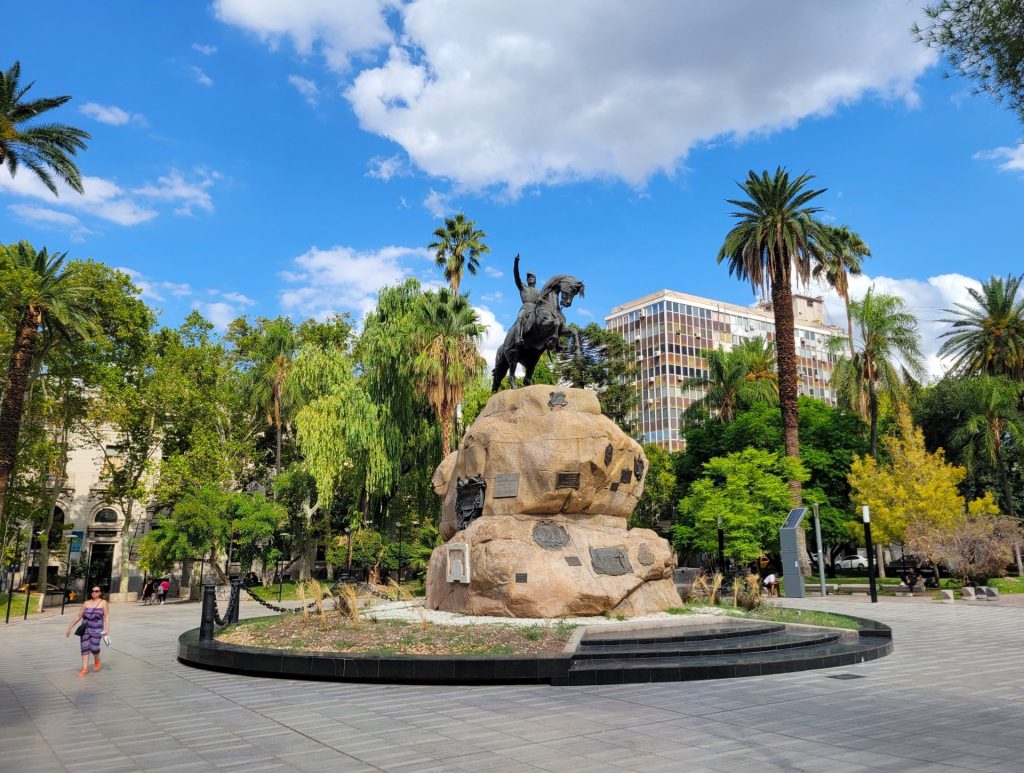

On the west side of the city is the very large 1000 acre Parque San Martín that butts up into the foothills. We spent a lot of time there hiking and bird watching. The eastern parts are lower and have a nice fountain, a rose garden, an artificial lake that’s home to crew practice, and a ton of open space to spread out and enjoy the park. This is where most people come to enjoy the green space.
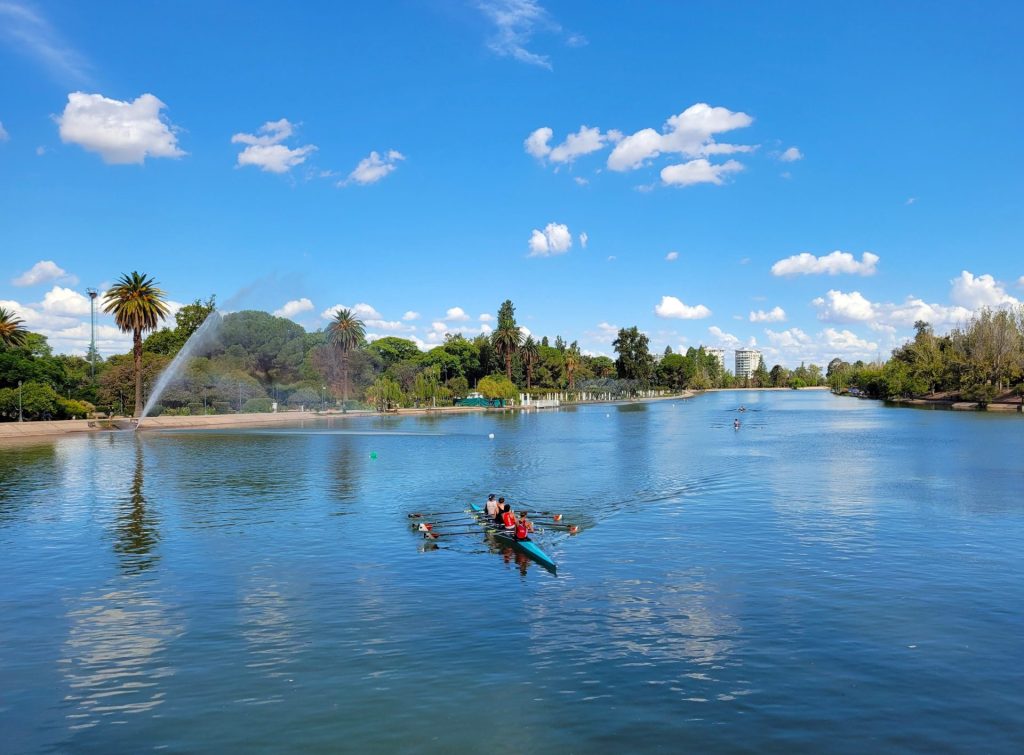
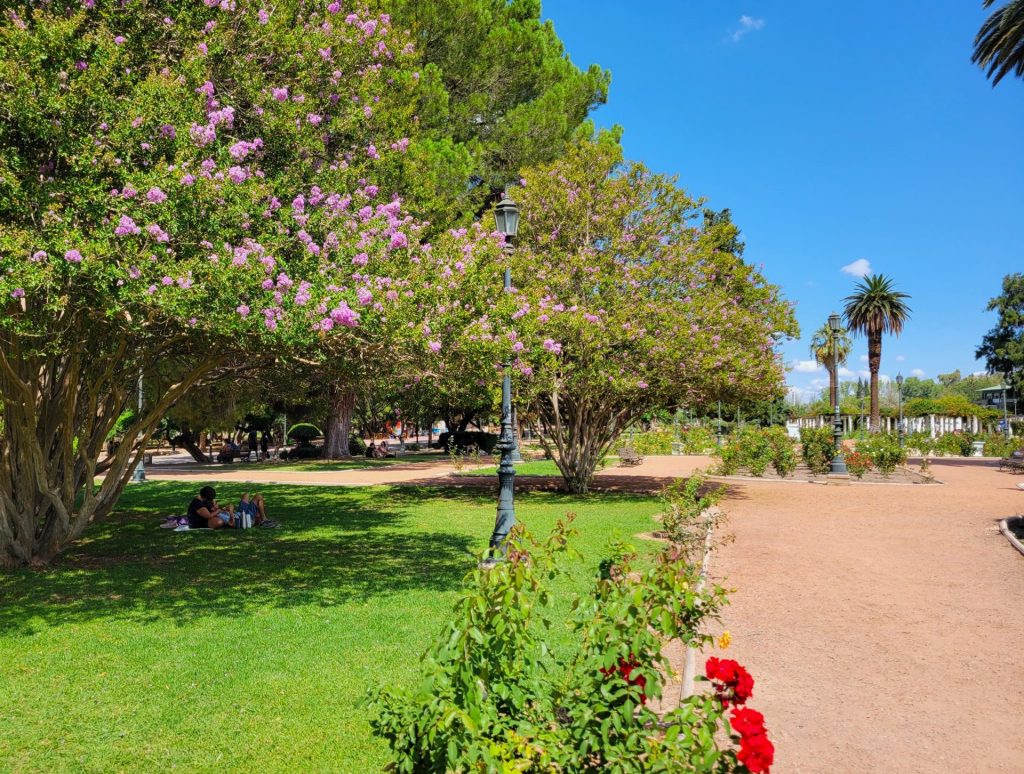
The hills on the west side of the park are less popular, but one of the only places in town to get a good view. We enjoyed the hike to the Cerro de la Gloria (Glory Hill) and made the climb multiple times. There are wide areas to walk beside the small road and the hawks love to soar in this area. Plus it has a cool monument.
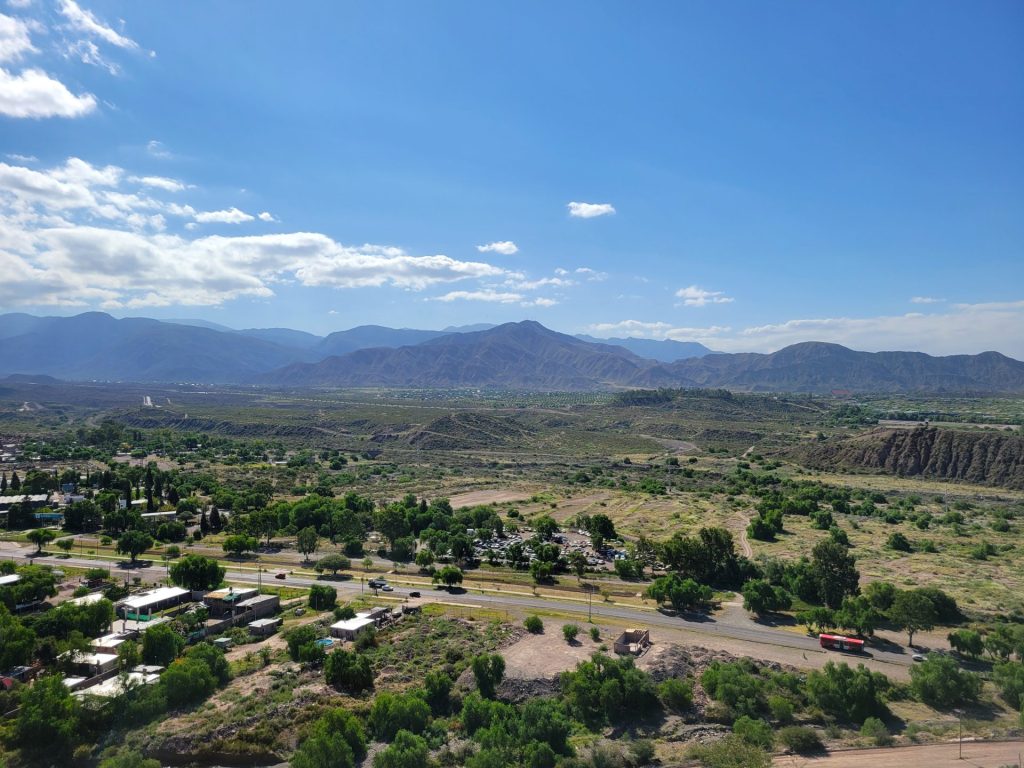
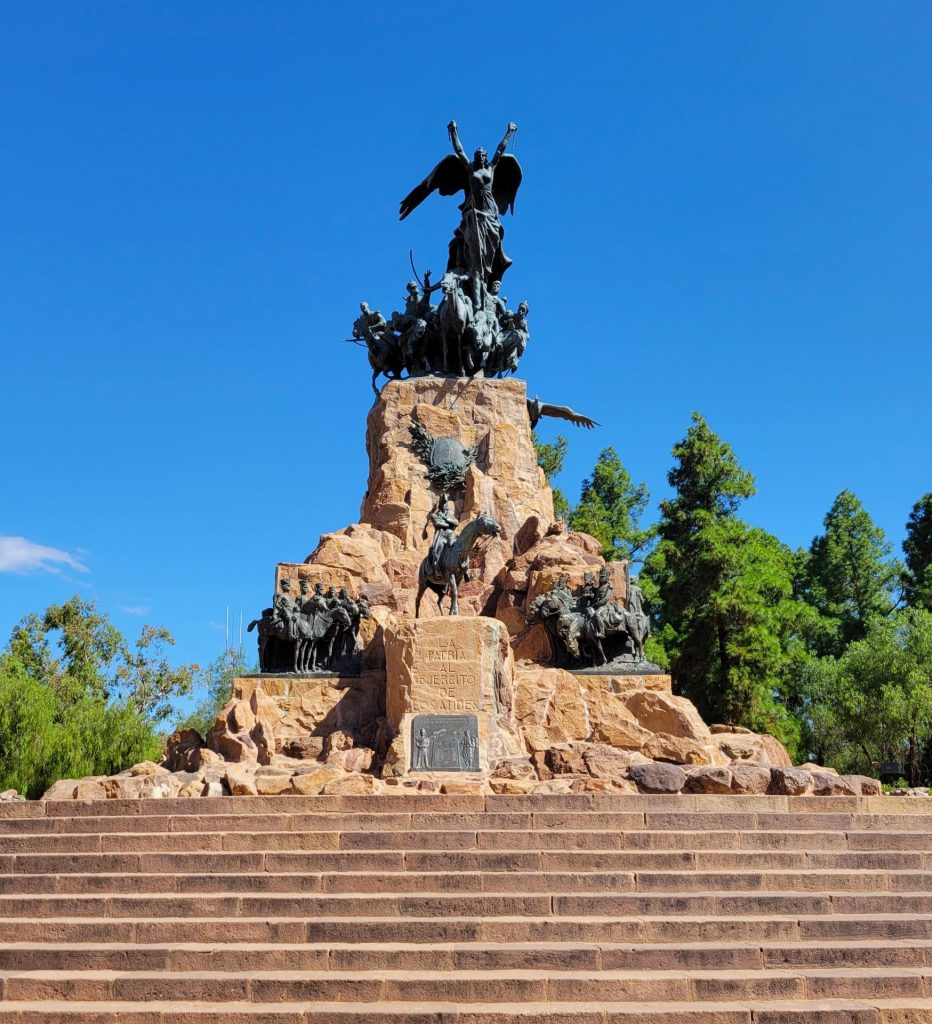
We also rented bikes and rode through San Martín park one day. These were not those crappy city bikes that sit outside all day, but real mountain bikes from a bike shop! I hadn’t been on a real bike in a long while, so that was a nice treat. As someone who used to commute by bike, not having my own is one of the things I miss most. It cost about $11 for a couple of hours, which seemed pretty reasonable. We both enjoyed it.

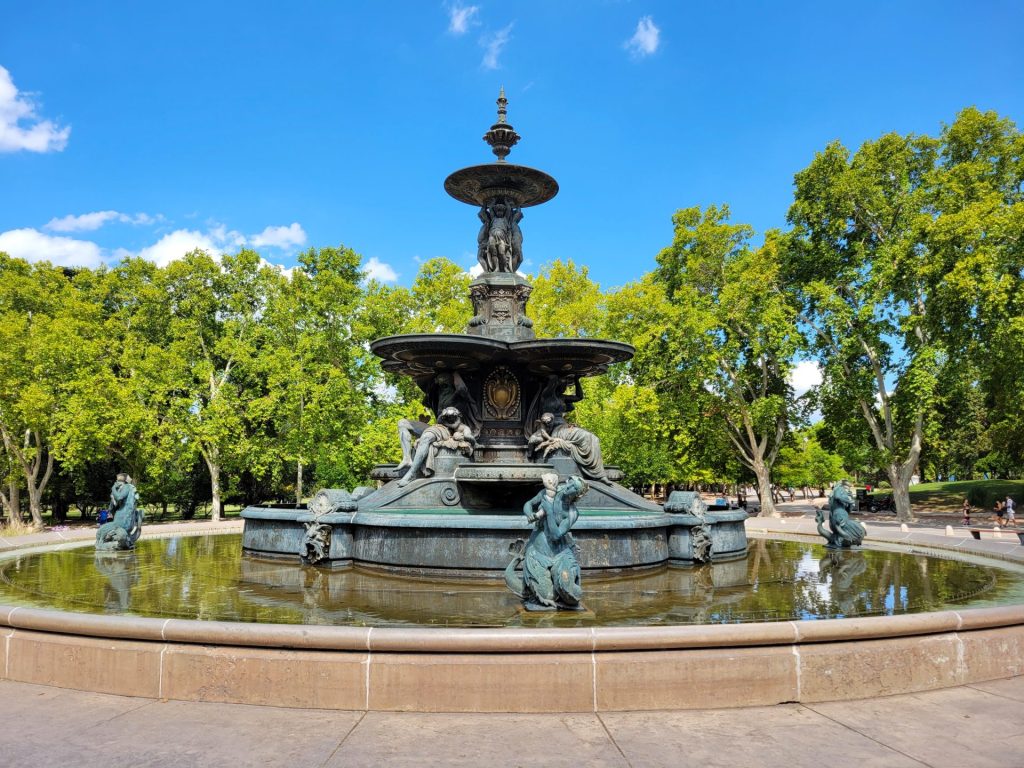
Museums
The main museum in town is the Museo Municipal de Arte Moderno de Mendoza, or the MMAMM. It’s located in the middle of the main park, the Plaza Independencia. The museum space is a small underground setup that takes about 20 minutes to thoroughly enjoy, with room for about 3 exhibits. The best one we saw was from Osvaldo Chiavazza. He had interesting takes on the themes of seasons and nature. The museum is free to enter.
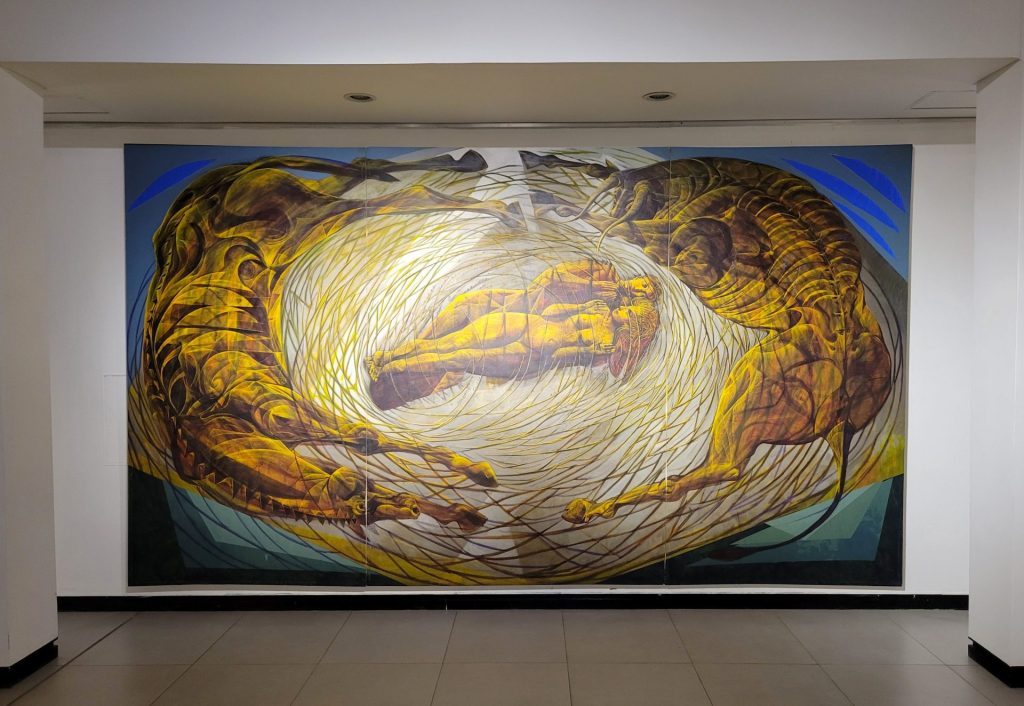
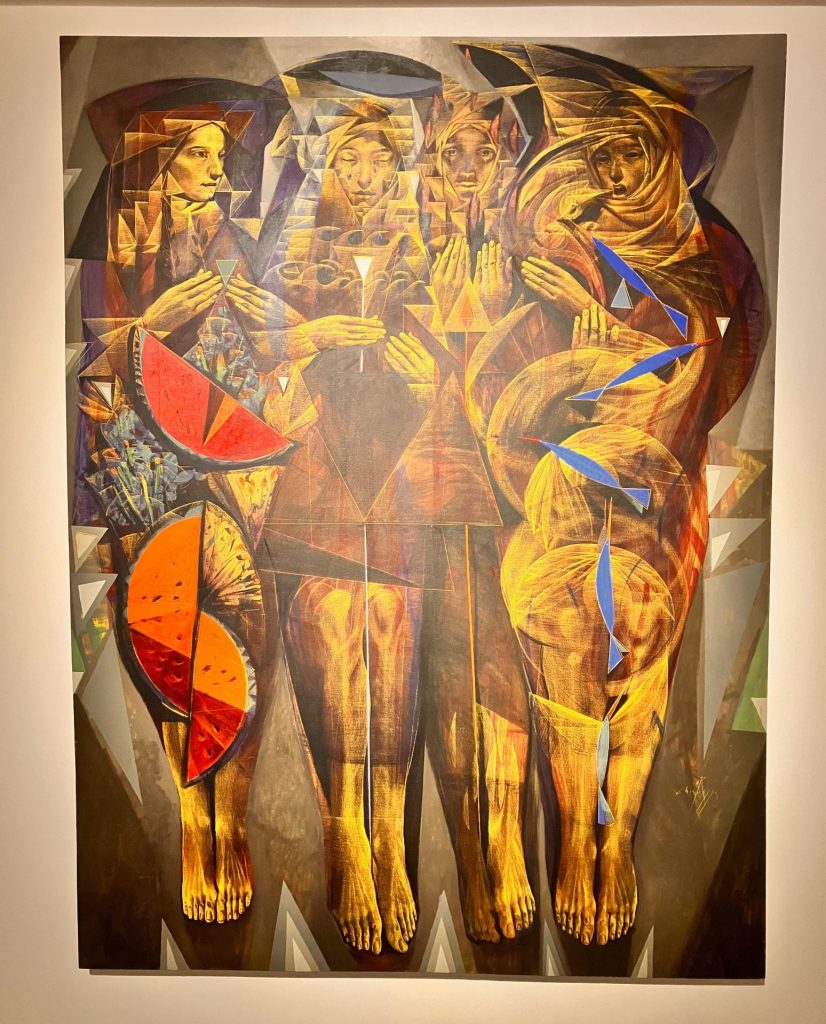
The other notable museum in town is also modern art. Located in an old bank building, the Contemporary Art Gallery Eliana Molinelli is worth seeing as much for the architecture and display space as the art itself. It’s a small modern art museum, so obviously it’s a bit of a crapshoot as to whether the art is interesting to the viewer, but it’s still worth a stop. It’s also free to enter.
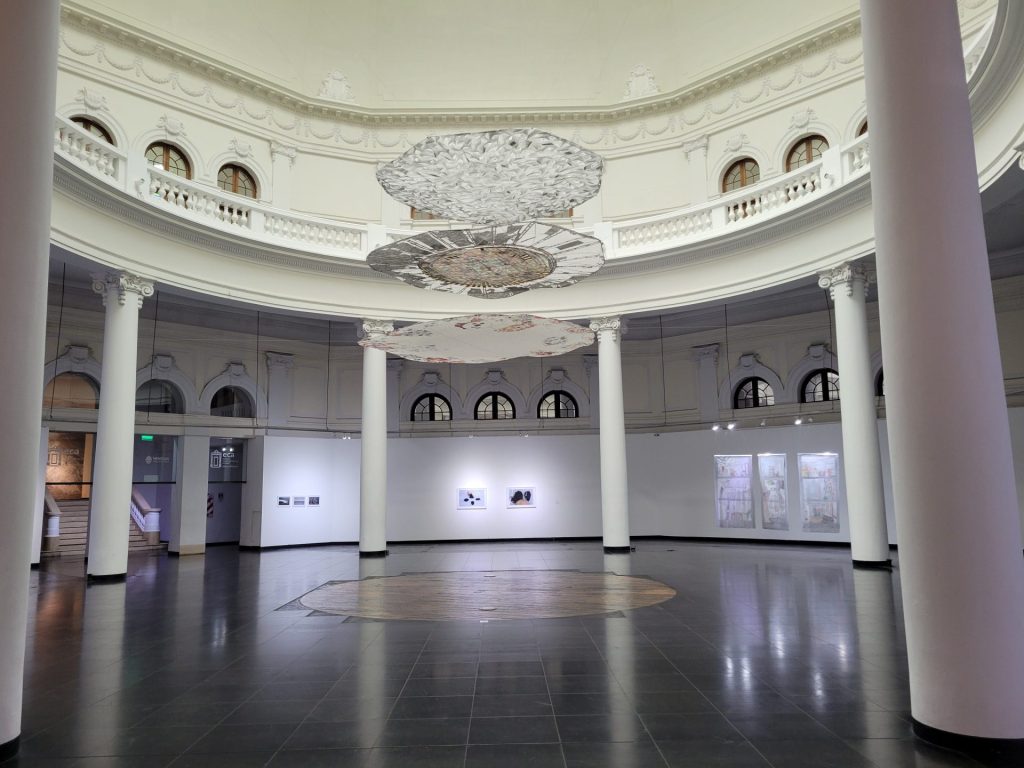
Lastly we visited the Carlos Alonso Museum, featuring the works of local artist Carlos Alonso. His medium was mostly watercolors highlighting themes of revolution and war. The art was displayed in the rooms of an old mansion. Like the Contemporary Art Gallery Eliana Molinelli, I thought the display space was more interesting than the art itself. And also like the others, you can see it all in about 15 minutes and free to enter.

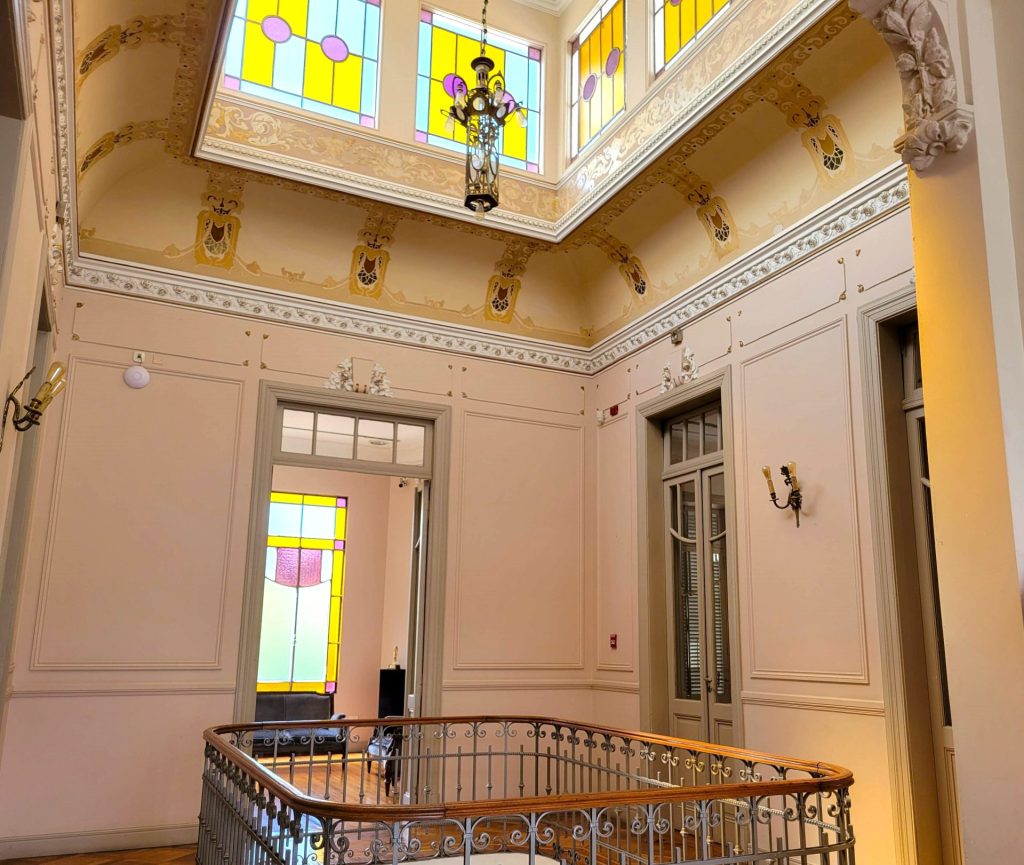
Argentina Frustrations
As you have probably seen in the news, Argentina has a major problem with inflation, and it’s been happening for some time now. This causes some prices to be really out of whack. Anything made locally is exceptionally affordable, whereas most imported items have an eye popping price tag. For example, I bought an entire watermelon for $1.50, but a liter of olive oil is over $20. It’s easy to find a pound of very appetizing thin-sliced steak for $2 or less, but if you want a 6oz bottle of hot sauce, it’s $9. As such we basically set our minds to ignore prices, figuring the super cheap combined with the super expensive would end up offsetting each other. (And it did.)

The currency exchange rate between the Argentine Peso (ARS) and the US Dollar (USD) has been fluctuating wildly too. A new president took office at the beginning of 2024, with a mandate to stabilize the runaway inflation that has been plaguing the country for years. This has been done mostly through budget cuts, which have been hard on the local population, but it’s working to rapidly increase the value of the currency.
To put numbers to this, I bought our bus tickets from Valparaíso to Mendoza on January 30. The price was 105,000 ARS, which converted to 92 USD, or 1141 pesos/dollar. Six weeks later, that conversion had shifted to 918 pesos/dollar for an almost 20% gain vs the USD. That’s a pretty wild swing in 6 weeks. It’s since moved back the other way some, but one thing is for sure, the currency is not stabilized yet.
Speaking of currency, it’s very difficult to get physical cash here. We couldn’t find a single ATM that allowed a withdrawal of more than 15,000 ARS, which is (now) less than 15 USD. We spent a whole day just walking around town trying every different ATM we could find with no luck. And the fee to get this minimal amount of cash is over 8,000 ARS, which is ridiculous. We do bank with Schwab, so these fees get refunded, but I also feel terrible sticking them with the bill too often. I don’t want to get cut off!
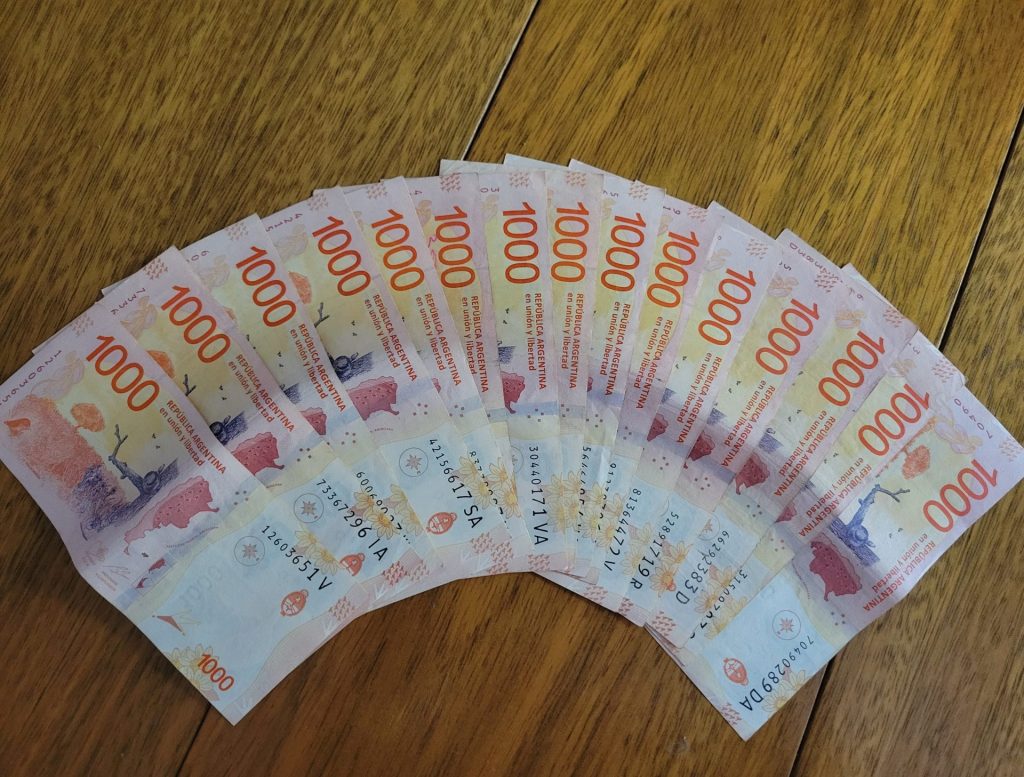
The main reason we needed cash is because fresh produce at the grocery store is really hit or miss. Most locals buy their fruits and vegetables at the dozens of small local stands that have better quality produce at lower prices. While some of these take cards, it’s mostly just debit cards. So if we wanted the best stuff while supporting the local growers, we needed to deal with the ATM restrictions. (A note from the future – in Buenos Aires we found that the BBVA bank allows withdrawals of 35,000 ARS in a single transaction. That’s at least a little better. I feel like we must’ve tried one in Mendoza, but maybe we missed it.)
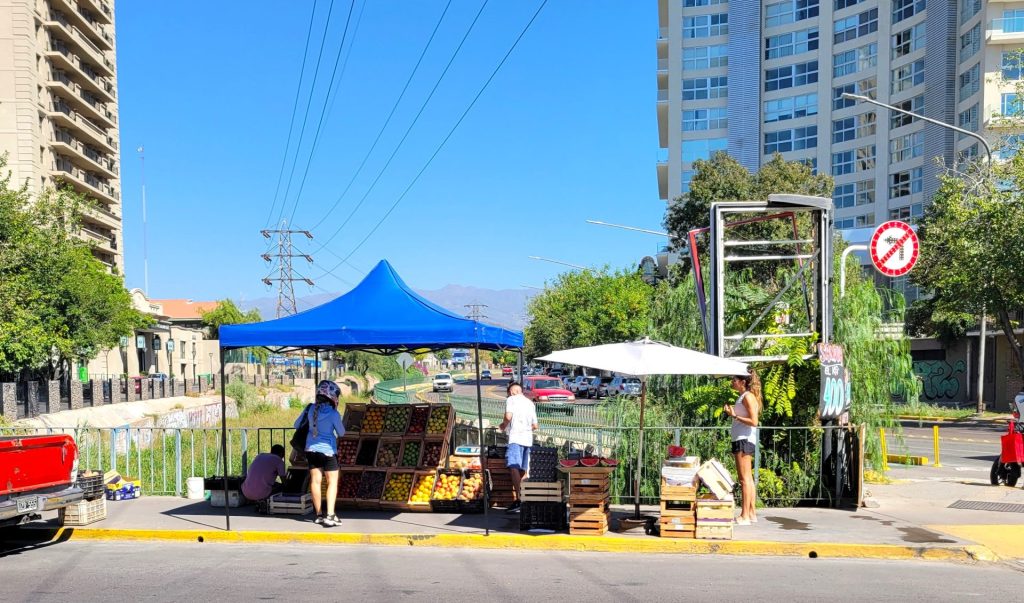
Part of the reason for the 15,000 ARS limit is that up until a year ago, Argentina’s largest unit of currency was the 1000 bill. So if I wanted 100 USD worth of Argentine pesos, I’d end up walking away with a huge stack of about 100 bills. Without a limit, ATMs could quickly run out of cash since they are all basically dispensing 1 USD bills. Due to inflation, the government finally introduced a larger denomination bill last year, a whole 2000 pesos. You can imagine how frustrating it must be to deal with cash where the largest bill in existence is about 2 USD. We never saw one of these new “large” bills during our stay though.
Where We Stayed
Our apartment was bound to be worse than the great place we stayed in Valpo, but it was a real letdown. The pictures on Airbnb made it look like it was located on a small side street, but it was actually very busy with a ton of traffic noise, which none of the reviews mentioned. In fact, some of them said the opposite, that it was quiet, which is unfathomable to me. We could hear this noise clearly at all times, even with all the windows closed, as they were old and all faced the street. And when the bus came by about 4 times an hour, it felt like a minor earthquake was happening. There was no escaping it, which led to increased agitations as the stay progressed.
And due to the poor layout with all of the windows on the same side, we had zero natural air movement. I could look out the window and see the wind moving the leaves on the trees, but it never made its way into our apartment. So that was frustrating too. We had a fan and an air conditioner, but I much prefer at least some natural breeze. I’m sure this would’ve been easier to overlook if it wasn’t so ridiculously loud though. On the plus side, it was very affordably priced and the bed was comfortable, so it wasn’t all bad.
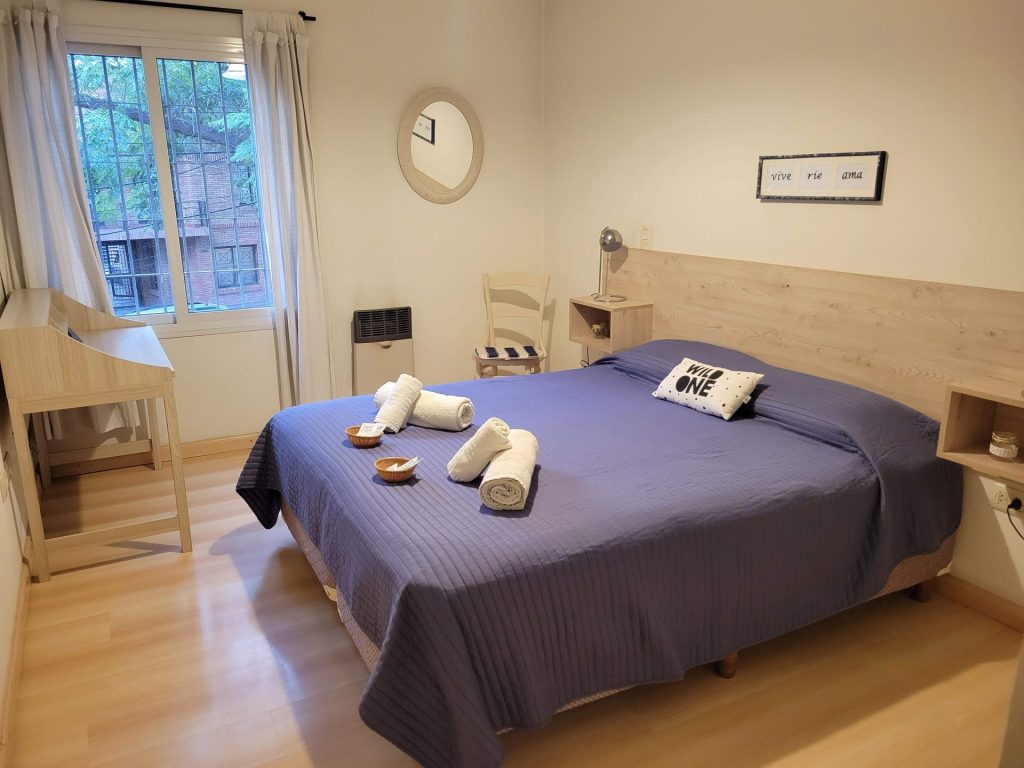
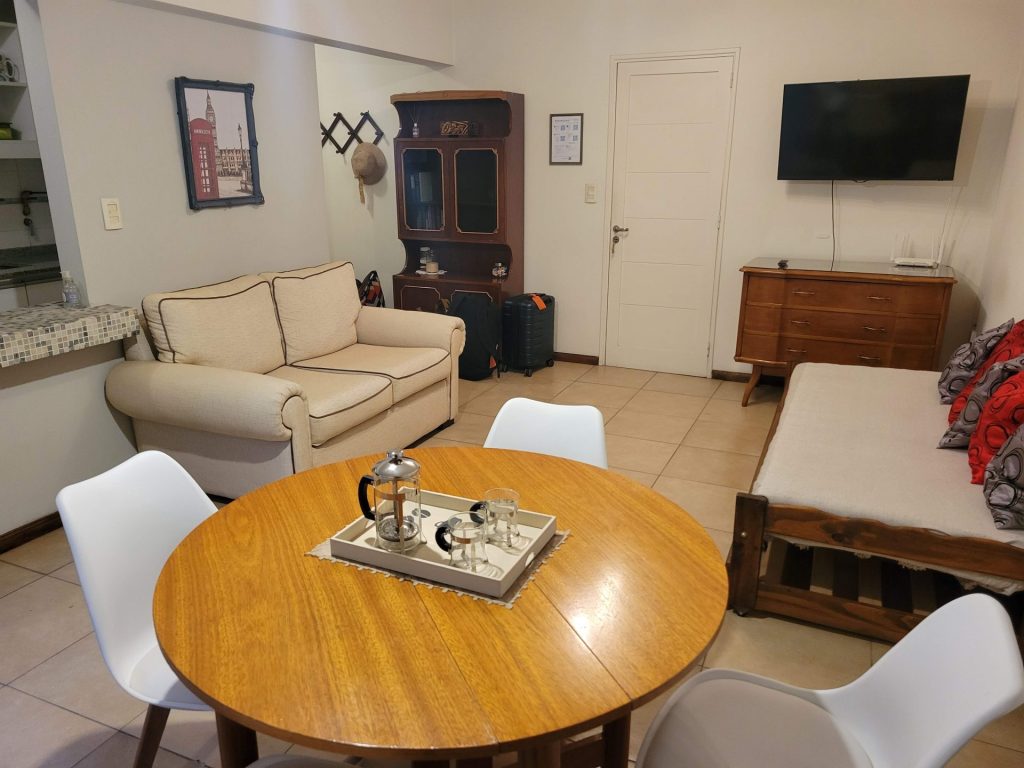
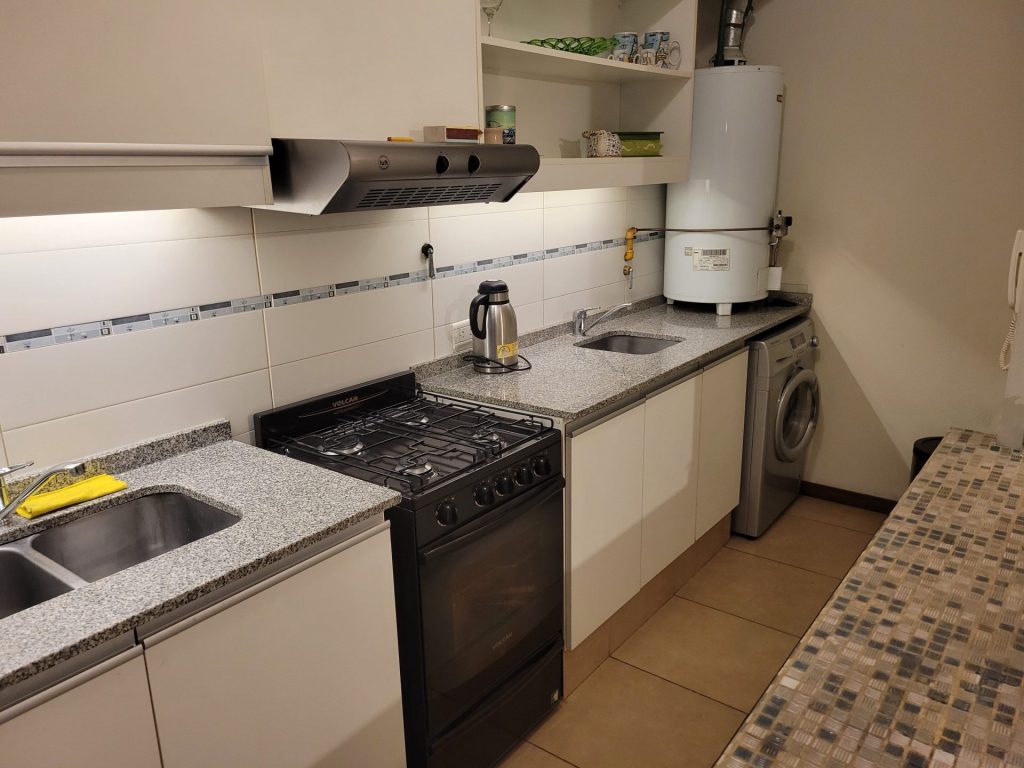
What We Spent
Our noisy apartment only cost us $797, although I’d have gladly paid more for one in a quieter spot. Aside from the handful of imported items that we bought, most everything was cheap. Our spending in Mendoza came to a measly $1528. Adding in our monthly bills for insurance and VPN, the grand total spent during our 4 week stay totaled $1747.18.
It turns out that a lot of the issues we had with Mendoza aren’t specific to the city itself but apply to Argentina in the whole. The border crossing delays and the cash rigamarole were just silly. I think if we had a better apartment we would’ve enjoyed ourselves more, but that’s just the luck of the draw sometimes. I’m sure Mendoza is a much nicer stop for those who want to indulge in some high quality Malbec for cheap, but that isn’t us. So aside from going to parks and the few small museums, we didn’t find much to do. I doubt we’d return.
(I had to close the comments on this post due to excessive spam bots. Sorry.)
Thank you for the great museum pics as always – especially as we may not be adding Mendoza to our list after your review..?..!
Thanks for the currency info as well, I have heard of some similar shenanigans with their exchange rate fluctuations..
Hi Ryan,
If you go, rent a nicer apartment than we did. I’m sure that’ll help a lot.
We were in Buenos Aires for February – April last year. If you need dental work, go see Dr. Sorrentino (https://dentalpalermo.com.ar/en/). He was great, funny, and his English was excellent, as, while we’re pretty good in Spanish, we prefer English when it comes to sharp instruments going into our bodies. When we were there, we found that Western Union offered far superior rates to ATMs, even, though you needed to withdraw larger amounts (e.g. $500+) in one go for the rates to outweigh the fees. There were multiple occasions when I came out of the WU with a backpack full of money, but I never had any issues. Make sure you get there about 10-15 minutes before your chosen WU location opens, as there will almost certainly be a line, and, since Argentina only uses small bills, the locations often run out of money pretty quickly. We really liked our time in BsAs, although we found Montevideo (if that’s on your list) to be rather bland and dull. Of course, we went there during Semana Santa, and everything was closed, so that may have contributed, but we suspect that, even in a “busy” time, it would still be rather dull.
Hi Jason,
As of this year, the official exchange rate is now floating as it always should’ve been, so the difference between that and the “blue dollar” rate is negligible. That means credit cards give almost the best rate, so close that it’s not worth the risk of a backpack full of cash. But I’m glad that worked out for you. 🙂
Love keeping up with your posts! I am living vicariously through you while I’m stuck at a desk. 😅 Only like 7 years to go. QQs: how do you decide on your next destinations and how far in advance do you plan?
Hi Melissa,
That’s actually kind of a hard question to answer. I read many blogs from many travelers before I retired just like you’re doing now. I also worked in the travel industry for my last 5 years, so a number of places were added to my radar that way. So the list of spots we would potentially visit is (still) pretty long, although we’ve learned that we tend to like bigger cities more than small ones, don’t really care about beaches, and like to avoid the hottest weather and AQIs above 100, so we prioritize accordingly. We also try to avoid flying as often as possible. So once we get to a region of the world, we pick and choose based on transportation routes and proximity to our already chosen destinations.
There’s bound to be some places that we enjoy more than others, but it’s also impossible to know until we arrive. I’m sure there are plenty of people that love Mendoza, even if we didn’t. Similarly, we really liked some places (like Santiago) that many others don’t. We will also add or skip places based on apartment rental availability and prices, so sometimes we know where we want to go but if we can’t find a suitable apartment, then we go somewhere else instead. (For this reason we skipped Ljubljana in the summer of 2022, even though it was my first choice. We went to Trieste instead which turned out to be fabulous.)
As far as how long in advance, that varies too. If it’s peak season, then we might book places up to 6 months in advance. If it’s the off season, sometimes only a few weeks is necessary. But on average we’re probably booked about 3 months out with a rough sketch of the next 3 months after that. We make liberal use of the Airbnb Wishlist feature, so if apartments start disappearing from our lists quickly, then we know it’s time to book soon. Or look somewhere else.
One thing is for sure, it would be hard to live this way if we didn’t enjoy travel planning.